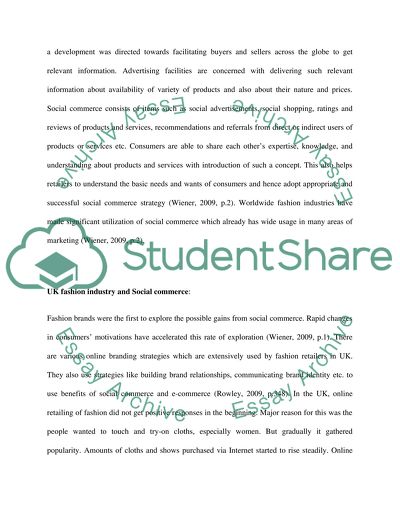Cite this document
(“Social Commerce and Consumer Motivations/Involvement - An UK fashion Literature review”, n.d.)
Retrieved from https://studentshare.org/marketing/1394085-social-commerce-and-consumer-motivationsinvolvement-an-uk-fashion-industry
Retrieved from https://studentshare.org/marketing/1394085-social-commerce-and-consumer-motivationsinvolvement-an-uk-fashion-industry
(Social Commerce and Consumer Motivations/Involvement - An UK Fashion Literature Review)
https://studentshare.org/marketing/1394085-social-commerce-and-consumer-motivationsinvolvement-an-uk-fashion-industry.
https://studentshare.org/marketing/1394085-social-commerce-and-consumer-motivationsinvolvement-an-uk-fashion-industry.
“Social Commerce and Consumer Motivations/Involvement - An UK Fashion Literature Review”, n.d. https://studentshare.org/marketing/1394085-social-commerce-and-consumer-motivationsinvolvement-an-uk-fashion-industry.


